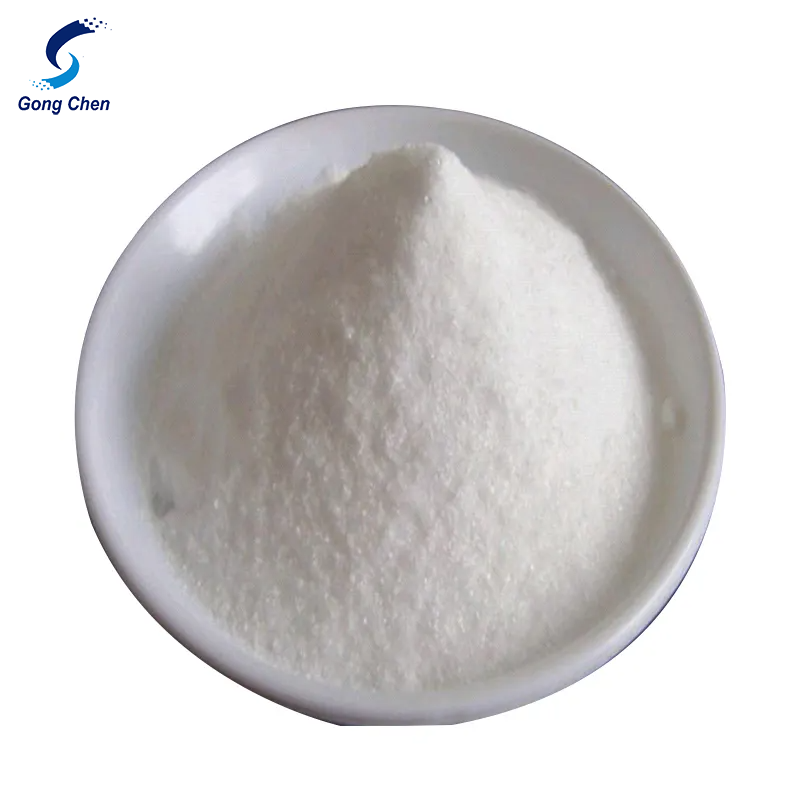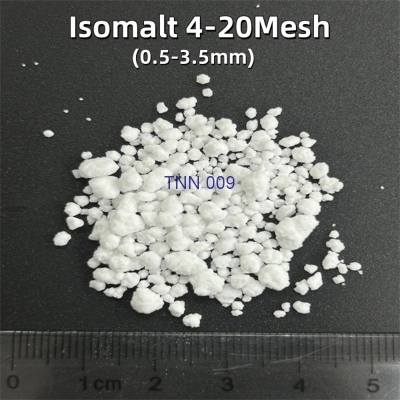-
Categories
-
Pharmaceutical Intermediates
-
Active Pharmaceutical Ingredients
-
Food Additives
- Industrial Coatings
- Agrochemicals
- Dyes and Pigments
- Surfactant
- Flavors and Fragrances
- Chemical Reagents
- Catalyst and Auxiliary
- Natural Products
- Inorganic Chemistry
-
Organic Chemistry
-
Biochemical Engineering
- Analytical Chemistry
-
Cosmetic Ingredient
- Water Treatment Chemical
-
Pharmaceutical Intermediates
Promotion
ECHEMI Mall
Wholesale
Weekly Price
Exhibition
News
-
Trade Service
According to the recently released Announcement No.
587 of the Ministry of Agriculture and Rural Affairs of the People's Republic of China, the South Subtropical Crops Research Institute of the Chinese Academy of Tropical Agricultural Sciences (hereinafter referred to as the "South Asia Institute") has been granted the right to protect 1 new sugarcane plant variety and 9 new mango plant varieties right to protection
.
Cane Mango587 of the Ministry of Agriculture and Rural Affairs of the People's Republic of China, the South Subtropical Crops Research Institute of the Chinese Academy of Tropical Agricultural Sciences (hereinafter referred to as the "South Asia Institute") has been granted the right to protect 1 new sugarcane plant variety and 9 new mango plant varieties right to protection
.
The names of the approved new plant varieties are: "Regan 14291", "Renong 15", "Renong 17", "Renong 18", "Renong 20", "Renong 25", "Renong 26" "Ruihua No.
6" "Ruihua No.
7" "Ruihua No.
8"
.
6" "Ruihua No.
7" "Ruihua No.
8"
.
According to the sugarcane team, the new sugarcane variety "Regan 14291" has the characteristics of high and stable yield, early maturity and high sugar, and suitable for mechanization.
The production is characterized by good germination rate, strong tillering ability, good defoliation, and medium to medium-large stems.
Resistant to mosaic disease, shoot rot, and weak smut
.
After years of observation, the average yield of newly planted sugarcane is 6.
72 tons/mu, the output of perennial roots in the first year is 7.
14 tons/mu, and the yield of perennial roots in the second year is 6.
65 tons/mu, which are 3%, 18.
52%, and 16.
38% higher than the control ROC22 respectively; The average sugar content of the whole period was 15.
42%, an increase of 0.
29% compared with the control ROC22 of 15.
13
.
The production is characterized by good germination rate, strong tillering ability, good defoliation, and medium to medium-large stems.
Resistant to mosaic disease, shoot rot, and weak smut
.
After years of observation, the average yield of newly planted sugarcane is 6.
72 tons/mu, the output of perennial roots in the first year is 7.
14 tons/mu, and the yield of perennial roots in the second year is 6.
65 tons/mu, which are 3%, 18.
52%, and 16.
38% higher than the control ROC22 respectively; The average sugar content of the whole period was 15.
42%, an increase of 0.
29% compared with the control ROC22 of 15.
13
.
According to the introduction of Associate Researcher Yao Quansheng of the Institute of South Asia, the new mango varieties were selected from more than 1,000 hybrid lines by the team after 18 years of cross-pollination, seed cultivation, off-site high grafting, phenotype observation, and repeated screening.
variety
.
variety
.
For a long time, the relevant breeding teams of the South Asia Institute have been working in the main producing areas of hot crops at home and abroad, focusing on the problem of "stuck neck" in the industrial development of the seed industry.
Insufficient to carry out targeted improvement, we are committed to breeding the main mango cultivars with completely independent intellectual property rights in China
.
In the next step, the relevant breeding team of the South Asia Institute will carry out regional experiments based on the corresponding characteristics of this batch of varieties, and gradually promote the application
.
Insufficient to carry out targeted improvement, we are committed to breeding the main mango cultivars with completely independent intellectual property rights in China
.
In the next step, the relevant breeding team of the South Asia Institute will carry out regional experiments based on the corresponding characteristics of this batch of varieties, and gradually promote the application
.







